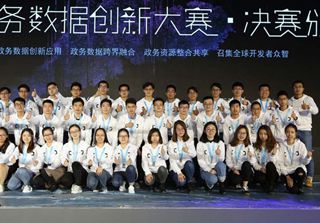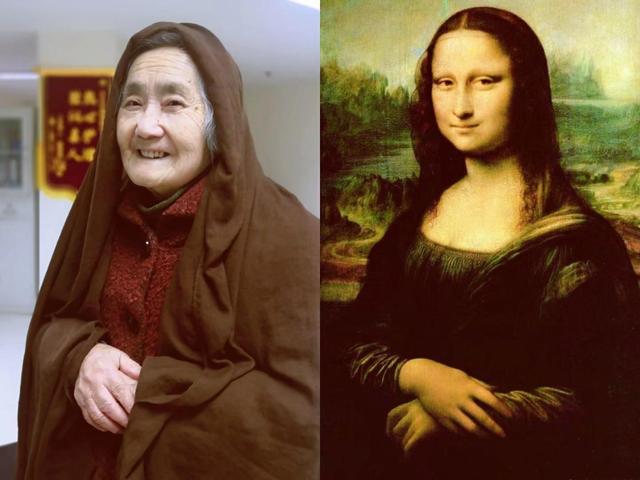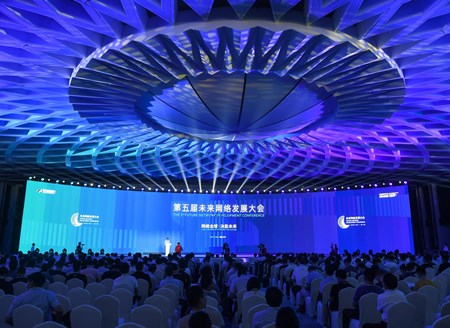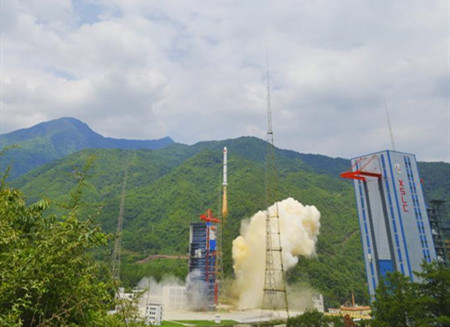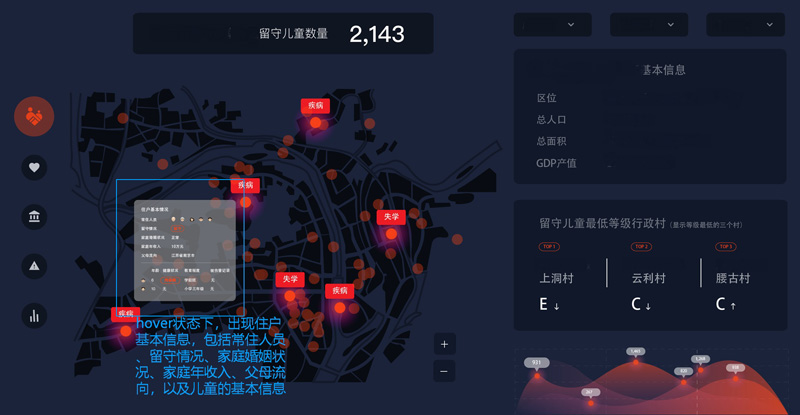
A screen shows that the number of a region’s left-behind children and their families is 2,143. The red dots represent the specific location of left-behind children. Such information as their personal details, family conditions, what towns and cities their parents work in, and the region’s migration rate can also be displayed on the screen. [Photo/yangtse.com]
China’s left-behind children, those left unsupervised or in the care of relatives or neighbors by migrant worker parents, have woven bonds of pity and love in Chinese people as their numbers have surged in recent years.
According to statistics released by the Ministry of Civil Affairs as of 2016 the total number of left-behind children in China had reached 9.02 million, with over 90 percent of them living in Central and West China’s rural areas.
Such cold and unfeeling data has been published every year, but what can we do with these figures, and can we learn more from the data?
The answer is definitely yes.
A group of students from Jiangsu, East China, majoring in art at the local Southeast University, has carved out their own new way by joining hands with Lidutech, a company with expertise in software development.
The students and company have developed a system which applies big data and visualization technology to provide feasible solutions to help government decision makers and others gain insight into the rising social issue.
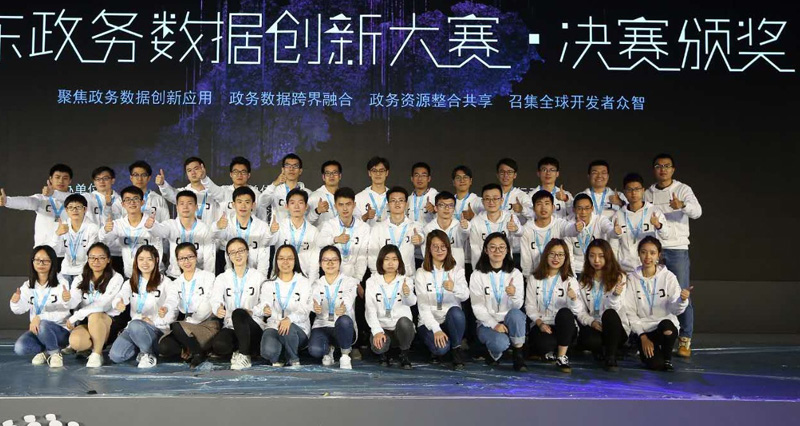
The platform developed by Southeast University and Lidutech, which focuses on China’s left-behind children issue with big data and visualization technology, wins a “Best Design” award at the Tianchi competition. [Photo/yangtse.com]
For example, a device screen can show the local regional map, along with various red dots representing the specific locations of left-behind children and their families.
With a simple click on the red dots, people can get to know the children’s personal information, their family conditions, what towns or cities their parents have been working in, as well as the region’s migration rate.
For further studies, the platform also embeds a correlation system, as it not only offers health, education and safety information about the children based on physical testing, disease occurrence and medical insurance access, but also enables comparison with living-with-parents children on their heights and weights.
“What we want to excel in and innovate is transforming cold data into visualized images, from which government decision makers can get first-hand information and predict future development trends, such as the most-in-need type of support, or the major areas in need of relief supplies and manpower support,” said Zhang Zhixian, the students’ tutor and associate professor at Southeast University.
Judges from Tianchi, a national competition inviting data engineers to brainstorm on public service innovation, were also captivated by the platform.
At the awards ceremony held in Guangdong, South China last month, the platform won the “Best Design” award and a prize of 20,000 yuan ($3,023).
“We are more of a social issue solution than a commercial program; I hope our platform can provide new inspiration to solve the left-behind children problem,” Zhang said.
Engineers from Lidutech were in charge of building a specialized platform, while their college partners helped to creatively display the figures on different devices.
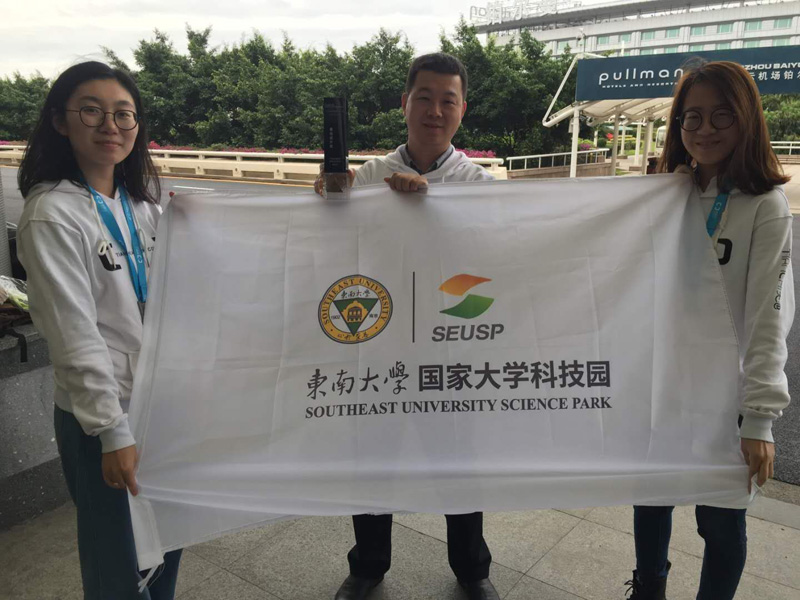
Students from the Jiangsu-based Southeast University pose at Tianchi, a national competition inviting data engineers to brainstorm on public service innovation. [Photo/yangtse.com]
